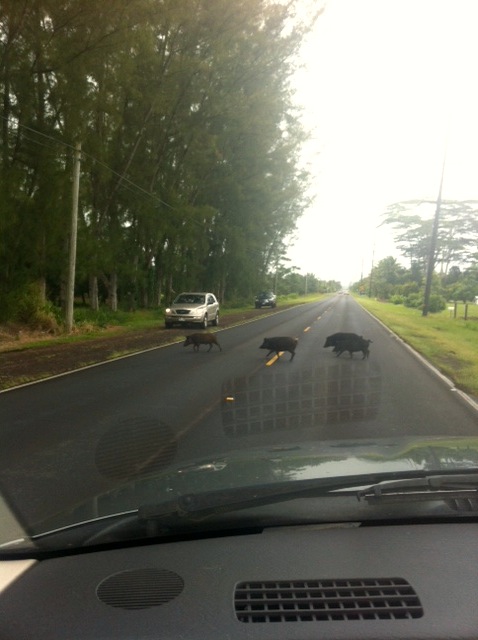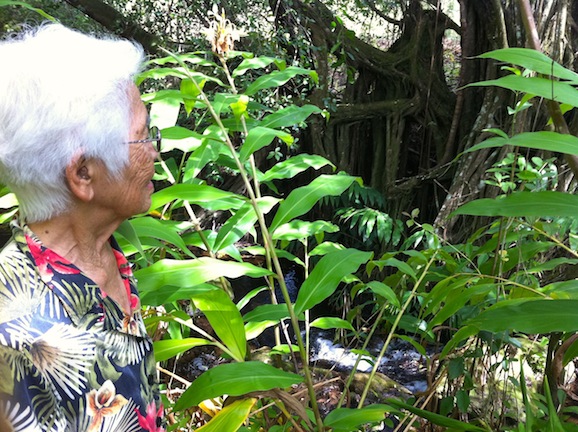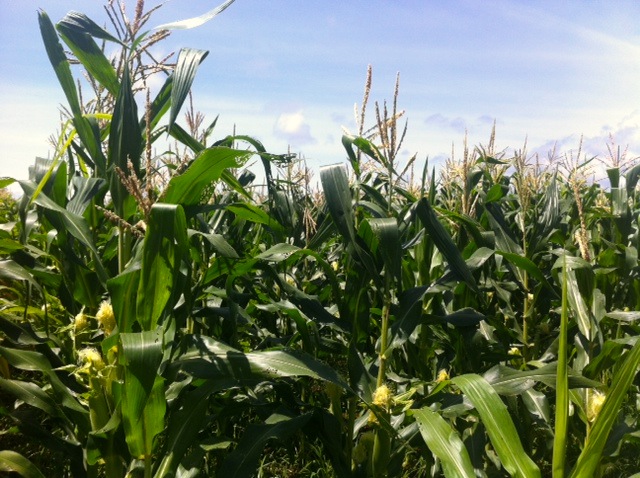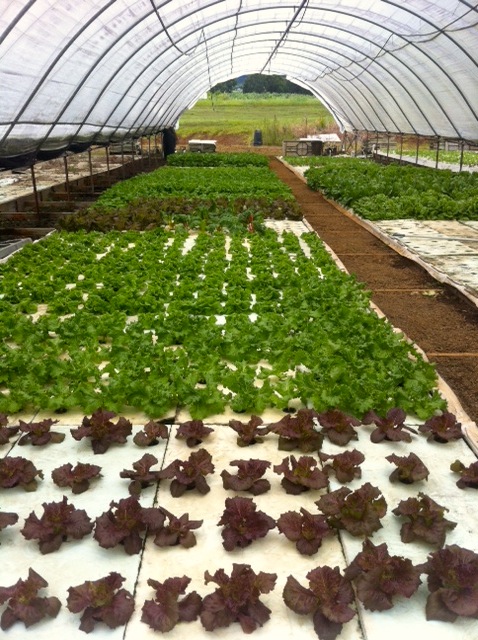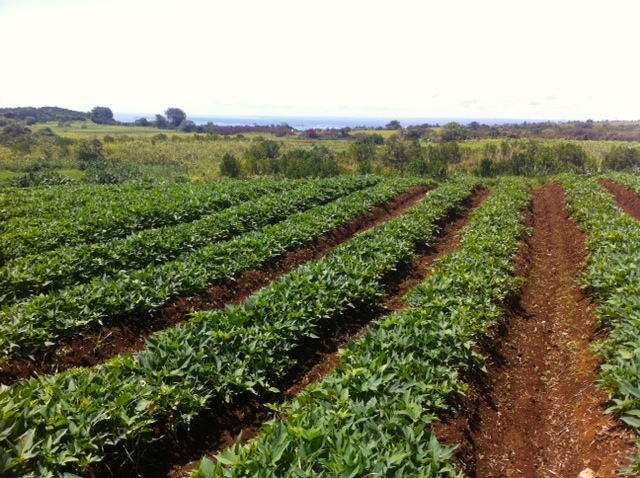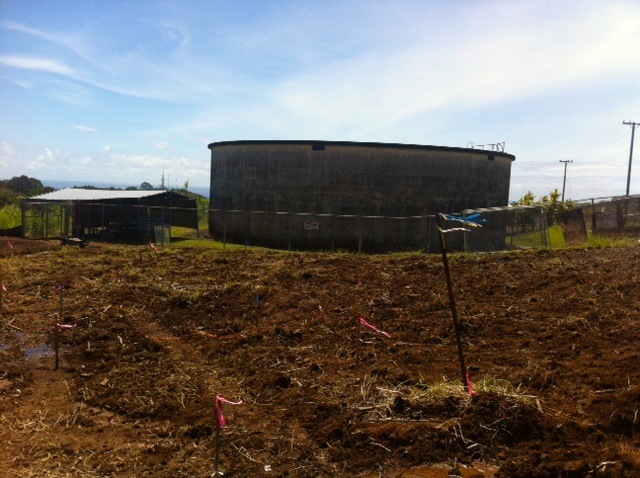Richard Ha writes:
Lately we have been hearing that natural gas will save us. But there are other opinions, and the truth probably lies somewhere in between.
• Chesapeake Energy, the largest shale gas producer, is losing billions of dollars.
• ExxonMobil's CEO Rex Tillerson just announced that all in the gas business were "losing their shirts."
Exxon CEO: 'Losing Our Shirts' on Natural Gas Prices
–Making "no money" on U.S. natural gas
–Prices have fallen below cost of production
–Current prices aren't sustainable
By Jerry A. DiColo and Tom Fowler
NEW YORK–Even energy titan Exxon Mobil Corp. (XOM) is showing signs of strain from low natural gas prices.
On Wednesday Exxon Chief Executive Rex Tillerson broke from the previous company line that it wasn't being hurt by natural gas prices, admitting that the Irving, Texas-based firm is among those hurting from the price slump.
"We are all losing our shirts today." Mr. Tillerson said in a talk before the Council on Foreign Relations in New York City. "We're making no money. It's all in the red."
His comments mark a departure from remarks made earlier this year on how lower natural gas prices hadn't yet hurt the company because of its operational efficiency and low production costs…. Read the rest
Arthur Berman is a geologist who has done extensive research in the area of shale gas production. In Denver, in 2009, I heard him on a panel discussing shale oil at the Association for the Study of Peak Oil (ASPO) conference. What he said made sense to me: It's only logical that natural gas from oil shale tends to decline rapidly, because gas flows more rapidly than oil.
In this YouTube video, Berman states,"To maintain current production, we need to replace one third of the country’s gas wells with new ones each year.”
He calls shale gas a "commercial failure in the U.S."
The price of shale gas is too low because of oversupply. What is the break-even price? When we find that out, we will know a lot more about its sustainability.

